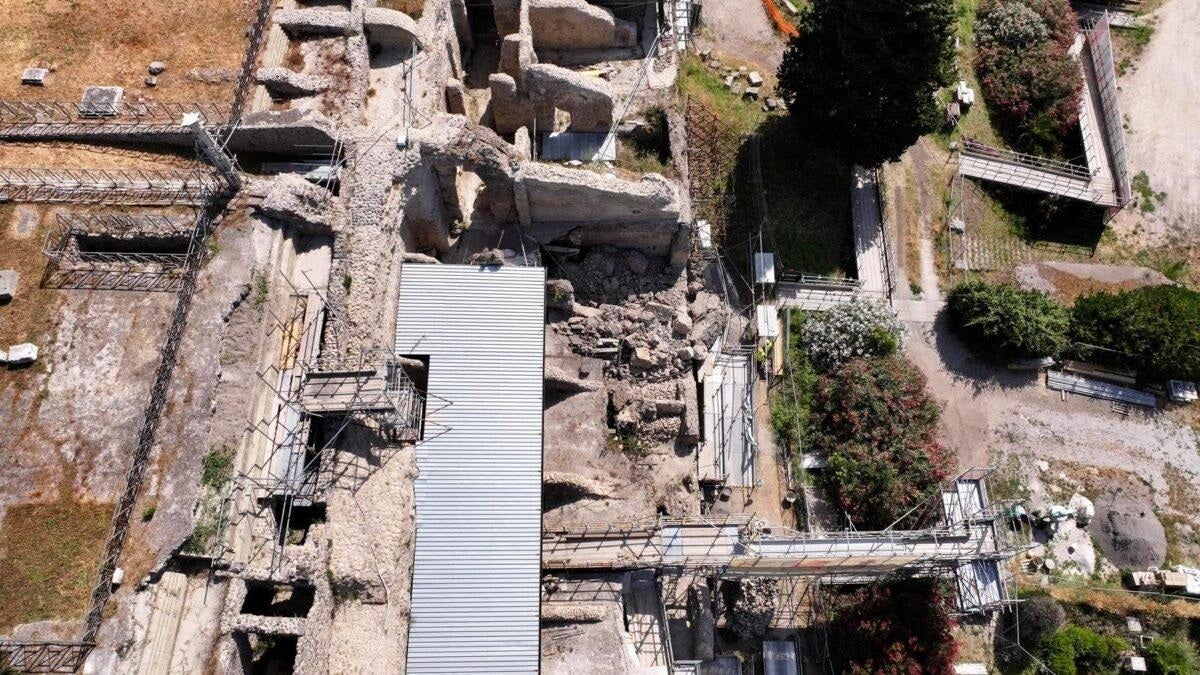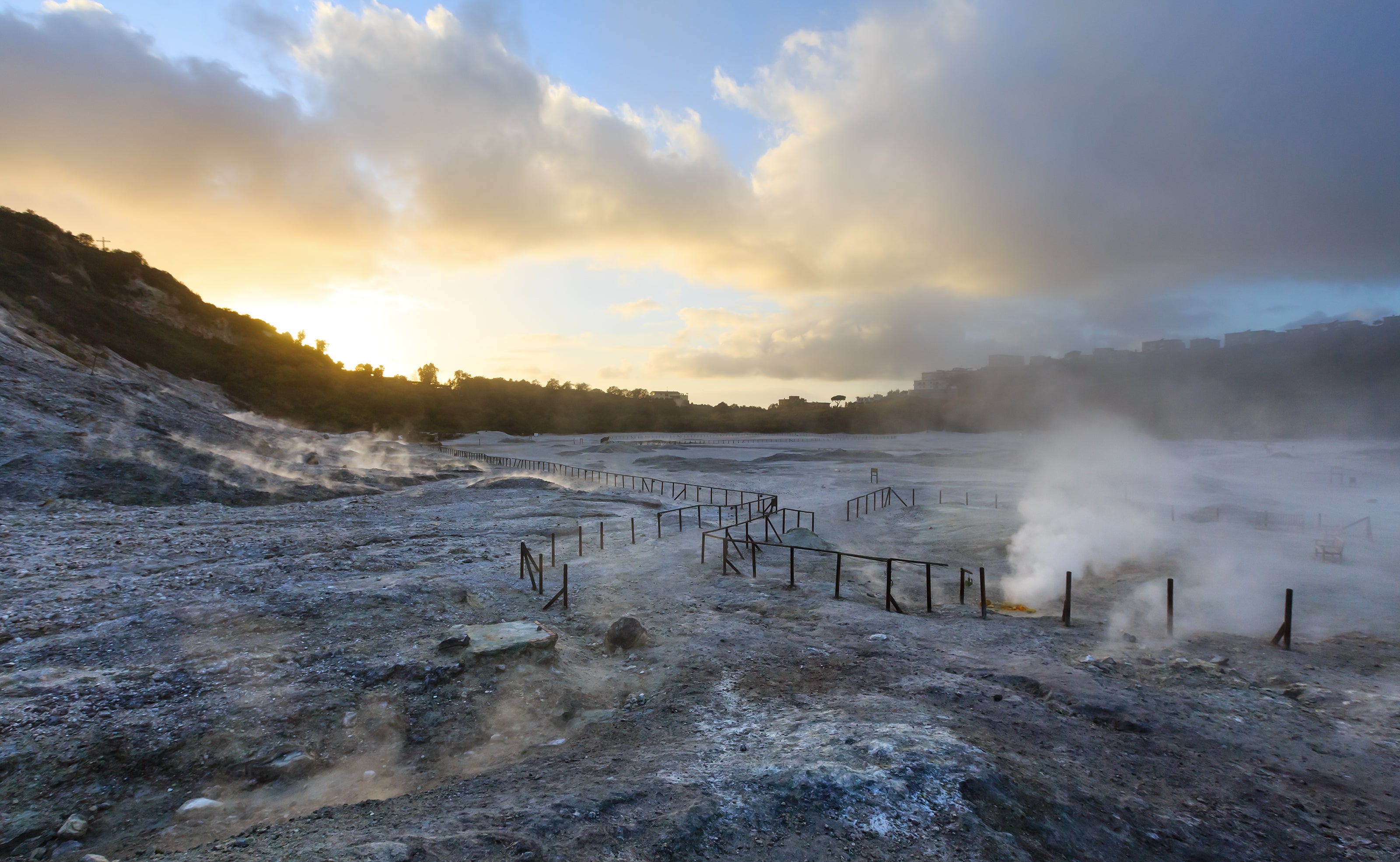Structures partially collapse at Pompeii archaeological site after earthquake
The tremor originated near a super volcano not far from Naples
A minor earthquake in southern Italy has led to damage to structures within the Pompeii archaeological site.
Officials confirmed on Thursday that a wall and a vault had partially collapsed.
The quake, measuring 3.2 in magnitude, is the latest in a series of tremors originating near the Campi Flegrei super volcano, not far from Naples.

The affected section of Pompeii had previously sustained damage during a major earthquake in 1980.
Restoration work had been carried out since.
Gabriel Zuchtriegel, the site's director, said that inspections are underway to ascertain whether other areas have been affected by the quake.

No injuries were reported in the shake.
The damaged structure did not house any frescoes or movable relics.
Pompeii was famously destroyed by the eruption of Mount Vesuvius in 79 AD.
The wealthy town, which was home to between 10,000 and 20,000 people, was largely preserved underneath a thick layer of volcanic ash.
It has been designated a UNESCO World Heritage Site as it “provides a complete picture of an ancient Roman city”.
The 170-acre site is one of Italy’s most popular tourist attractions, with about 2.5 million visitors every year.
Join our commenting forum
Join thought-provoking conversations, follow other Independent readers and see their replies
Comments